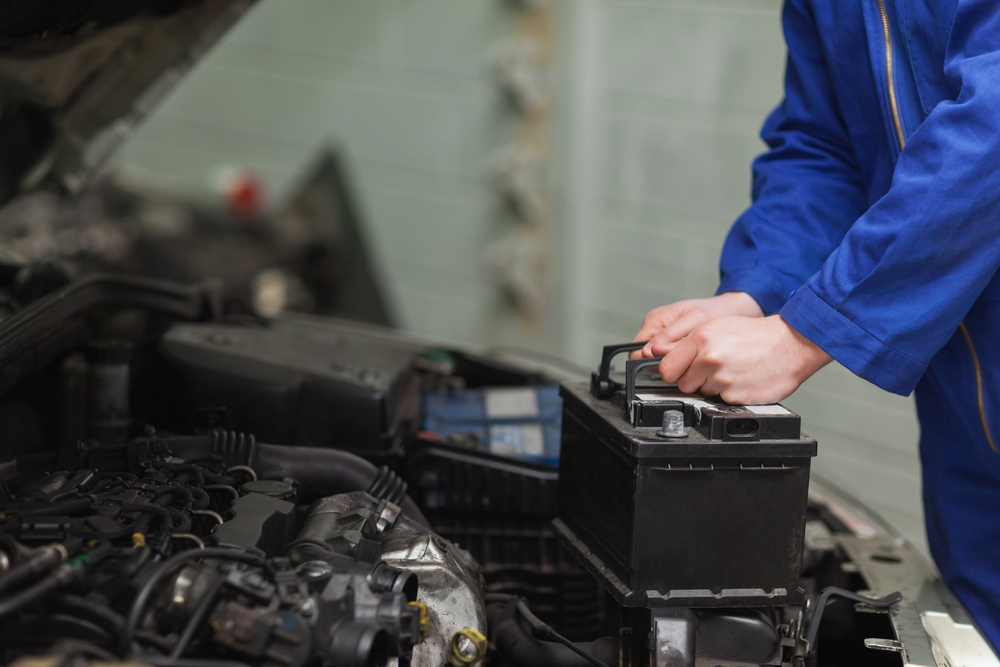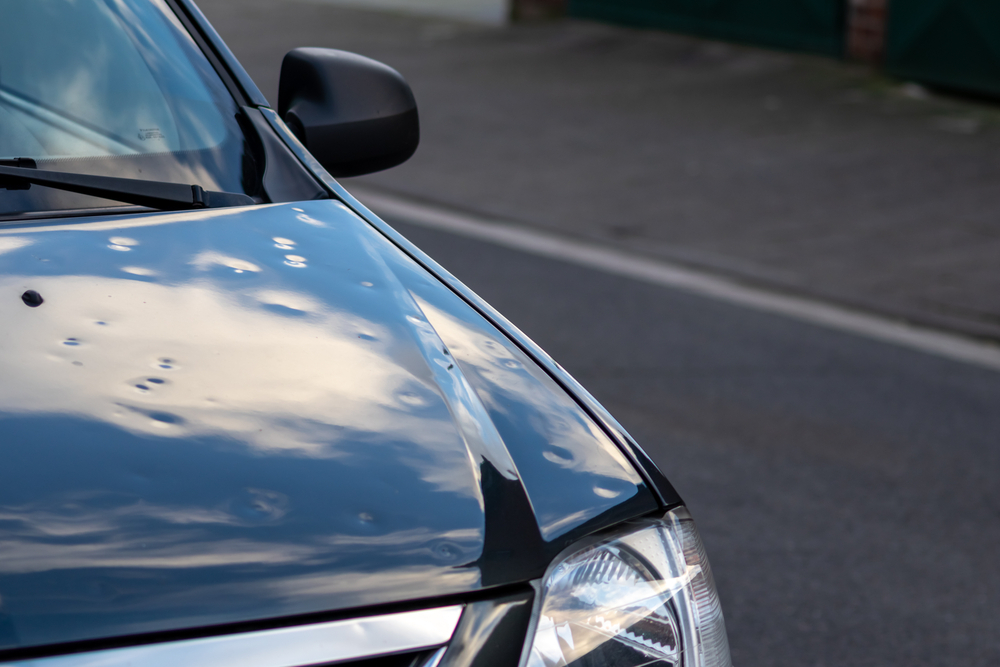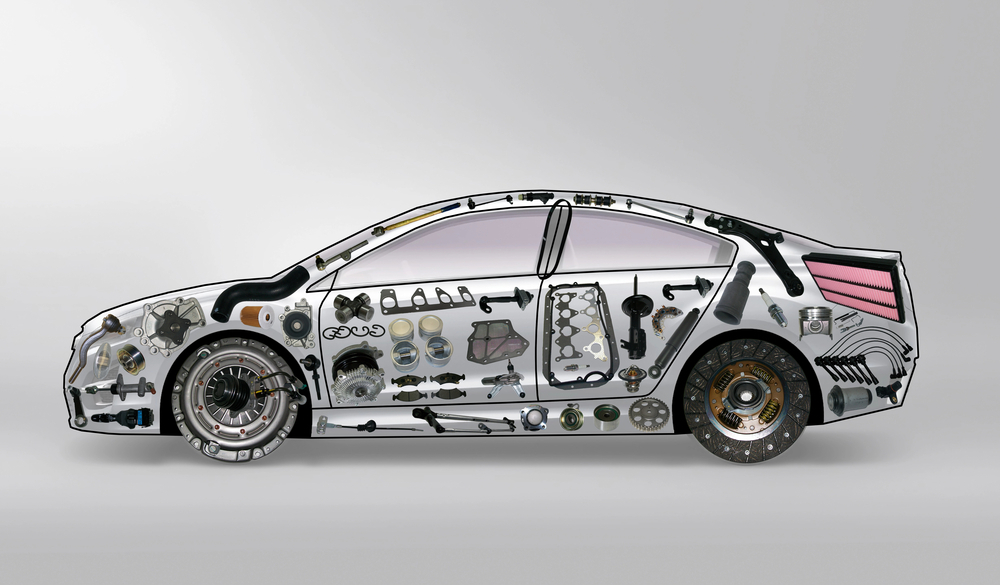The summer has been scorching in New Jersey and throughout the country. Even if you don’t end up in a collision, there are things that can impact the condition of your vehicle negatively, like the intense heat. Your car’s battery is one of the parts that will feel the effects of the heat, so pay special attention to it when performing routine maintenance.
Let’s take a look at how the summer heat impacts car batteries in South Jersey, as well as some ways to take care of the battery.
Key Takeaways
- Summer heat in South Jersey can cause battery issues like fluid evaporation, overcharging, faster wear, and corrosion.
- High temperatures accelerate electrolyte evaporation, leading to corrosion and potential battery failure.
- Heat can cause the battery to overcharge, damaging the battery and shortening its lifespan.
- Hot weather makes the battery work harder, leading to quicker degradation, especially in older batteries.
- Regularly check fluid levels, clean the battery, ensure ventilation, and avoid short trips. Consider a battery check-up before peak summer heat.
Increased Battery Fluid Evaporation
The electrolyte inside a car battery is a mixture of water and sulfuric acid, which is crucial for the battery’s ability to store and deliver electrical energy. During the hot summer months in South Jersey, the ambient temperature can soar, causing the water component of the electrolyte to evaporate more quickly. As the fluid levels drop, the concentration of sulfuric acid increases, which can corrode the internal plates of the battery. This corrosion weakens the battery’s overall performance and can lead to a shorter lifespan. If the fluid levels get too low, the battery may not hold a charge at all, leaving drivers stranded unexpectedly.
Overcharging
Many modern vehicles have sophisticated charging systems designed to regulate the amount of charge going into the battery. However, during hot weather, these systems can sometimes misread the battery’s state of charge. The heat can cause the battery to appear fully charged when it’s not, leading the system to overcharge the battery. Overcharging generates excess heat, which can cause the battery to swell, warp, and eventually fail. This cycle of heat and overcharging can be particularly damaging during a South Jersey summer, where the combination of high temperatures and frequent short trips can exacerbate the problem.
Accelerated Chemical Reactions
A car battery relies on chemical reactions between the lead plates and the sulfuric acid electrolyte to generate electrical energy. Higher temperatures accelerate these reactions, causing the battery to deliver power more quickly. While this might seem beneficial, it actually increases the rate at which the battery’s internal components degrade. The battery may become overworked, leading to quicker discharge and reduced capacity over time. In essence, the battery is “working harder” during the summer, which can cause it to wear out sooner than expected, especially if it’s already a few years old.
Increased Load on Battery
Summer driving often means increased use of air conditioning, cooling fans, and other electrical accessories, all of which place additional strain on the car’s battery. This added load can be especially taxing if the battery is already weakened by the heat. The battery must work harder to keep all these systems running, which can lead to a quicker discharge and the need for more frequent recharging. For drivers in South Jersey, who may face long commutes or frequent stop-and-go traffic, this can result in the battery becoming depleted more rapidly than during cooler months.
Corrosion
Heat accelerates the formation of corrosion on the battery terminals and connectors. Corrosion is a buildup of lead sulfate crystals that forms when the sulfuric acid reacts with the lead in the terminals. This buildup creates a barrier to the flow of electricity, leading to poor electrical connections. In extreme cases, it can cause the battery to fail to start the car. The salty, humid air common in coastal South Jersey can further aggravate this corrosion process, making it a significant issue during the summer months.
Ways to Take Care of Your Car’s Battery in the Summer
To counteract these heat-related issues, regular maintenance is key. Here are some steps to help extend your car battery’s life during the hot summer:
- Check Fluid Levels: If you have a conventional lead-acid battery, regularly check the fluid levels and top up with distilled water as needed.
- Keep the Battery Clean: Regularly clean the battery terminals and connections to prevent corrosion from building up. A mixture of baking soda and water can be used to scrub away corrosion safely.
- Ensure Proper Ventilation: Make sure the battery is securely mounted and has proper ventilation to dissipate heat. Overly tight or loose mounts can cause the battery to overheat or become damaged.
- Limit Short Trips: Try to avoid frequent short trips, as these do not allow the battery to fully recharge between uses, increasing the risk of overcharging and depletion.
- Consider a Battery Check-Up: Have your battery tested by a professional, especially before the hottest months of the year. This can help identify any potential issues before they become serious problems.
Contact Elmer’s Auto Body Today for Collision Repairs
Be sure to take precautions in the summer when it comes to your vehicle’s condition, including the battery. The heat can impact the battery and cause issues if neglected. Although Elmer’s Auto Body does not do regular maintenance, we want everyone in South Jersey to have a safe ride and to drive responsibly. Should an event occur where you need our collision repair services, we are more than happy to assist. Call one of our three South Jersey locations today to learn more about our services or to request an appointment.






